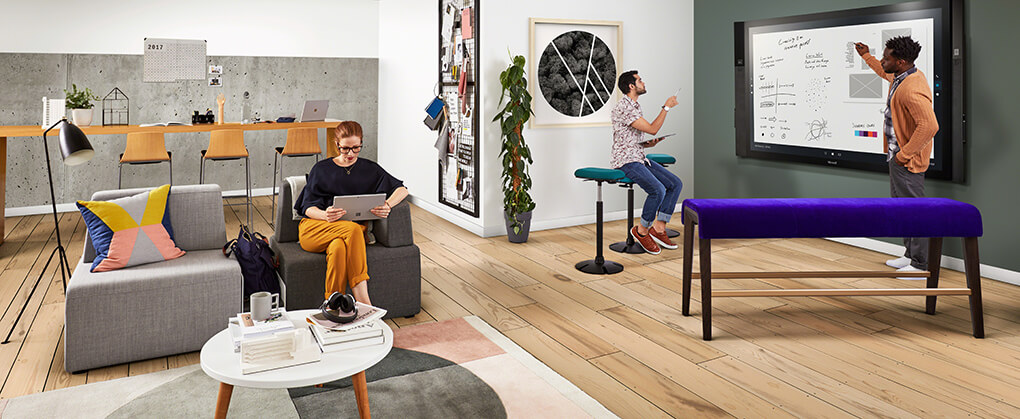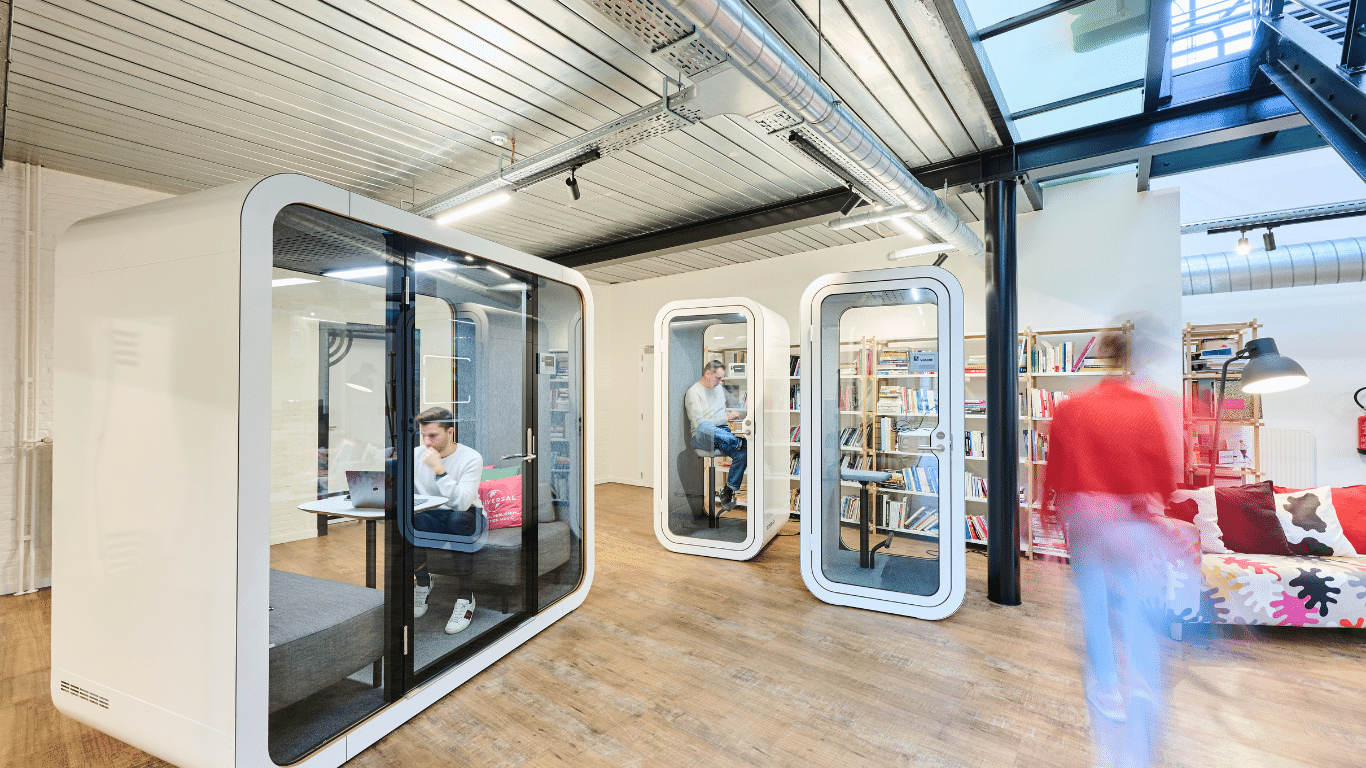Are you reading this while standing at your desk in the office? There is a pretty good chance you are, as standing desks are popping up all over the place. The concept is pretty self-explanatory: a standing desk allows you to stand up to work instead of sitting down in an office chair.
It seems obvious that you burn more calories and reduce the risk of a stiff neck or painful shoulders. But are these assumptions actually confirmed in practice? In other words, is it beneficial to include standing desks in your office layout?
Weapon in the fight against obesity?
Nobody would argue with the fact that standing up uses more energy than sitting down. Nevertheless, a study by the University of Pittsburgh a few years ago suggested that the number of calories you burn is exceptionally low. The researchers, who published their findings in The Journal of Physical Health,1 asked 74 American employees to wear a special mask that measures oxygen usage (indirect calorimetry) while they sat, stood up, and walked.
And the results? While sitting down, the trial participants used 80 calories per hour, they used 88 when standing up and 210 when walking. So, standing to work instead of sitting does very little to combat obesity. You’ll achieve far more with a walk at lunchtime. But do standing desks have other advantages?
The benefits of standing desks
Although the American study suggested that a standing desk does very little to combat weight gain, there are some benefits to using this popular office item. Studies have shown that the blood sugar level after a meal returns to regular levels more quickly the longer you stand up. Standing desks are also an efficient way of combating musculoskeletal issues (MSAs), the most significant cause of workplace illnesses and absences.
Introduce standing desks?
But should you stand at your desk all day? That’s not a good idea either. Experts warn that each working position corresponds with certain issues, and that the best approach is to vary your positioning. When you stand up to work, your feet become more tired and, after a while, you might face concentration problems. There are also fine motor tasks which are carried out more easily when you are seated.
Luckily, a sit/stand desk offers the best of both worlds. These offer variety in terms of positioning and you can choose to sit or stand depending on the activities you are carrying out. Want to chat about the best solution for your team? We’re here for you.




